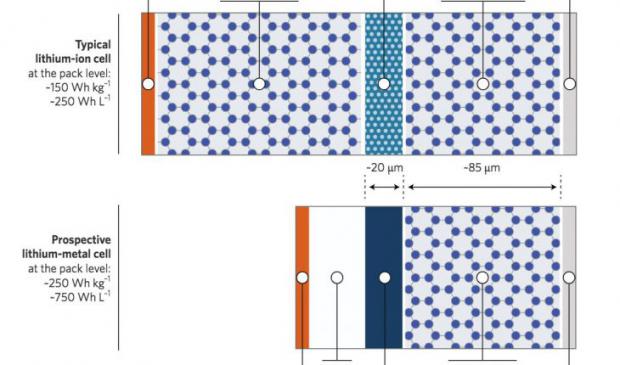
Breaking News
 Avengers: Doomsday | Only in Theaters December 18, 2026
Avengers: Doomsday | Only in Theaters December 18, 2026
 Here Are 5 Wars Trump Started or Expanded in 2025
Here Are 5 Wars Trump Started or Expanded in 2025
 Everyone's a Lender Now: Shadow Banking USA
Everyone's a Lender Now: Shadow Banking USA
 General Flynn Will Issue An Emergency Message To President Trump And The American People...
General Flynn Will Issue An Emergency Message To President Trump And The American People...
Top Tech News
 Laser weapons go mobile on US Army small vehicles
Laser weapons go mobile on US Army small vehicles
 EngineAI T800: Born to Disrupt! #EngineAI #robotics #newtechnology #newproduct
EngineAI T800: Born to Disrupt! #EngineAI #robotics #newtechnology #newproduct
 This Silicon Anode Breakthrough Could Mark A Turning Point For EV Batteries [Update]
This Silicon Anode Breakthrough Could Mark A Turning Point For EV Batteries [Update]
 Travel gadget promises to dry and iron your clothes – totally hands-free
Travel gadget promises to dry and iron your clothes – totally hands-free
 Perfect Aircrete, Kitchen Ingredients.
Perfect Aircrete, Kitchen Ingredients.
 Futuristic pixel-raising display lets you feel what's onscreen
Futuristic pixel-raising display lets you feel what's onscreen
 Cutting-Edge Facility Generates Pure Water and Hydrogen Fuel from Seawater for Mere Pennies
Cutting-Edge Facility Generates Pure Water and Hydrogen Fuel from Seawater for Mere Pennies
 This tiny dev board is packed with features for ambitious makers
This tiny dev board is packed with features for ambitious makers
 Scientists Discover Gel to Regrow Tooth Enamel
Scientists Discover Gel to Regrow Tooth Enamel
 Vitamin C and Dandelion Root Killing Cancer Cells -- as Former CDC Director Calls for COVID-19...
Vitamin C and Dandelion Root Killing Cancer Cells -- as Former CDC Director Calls for COVID-19...
Lithium metal electrode batteries

Researchers identified critical parameters against which to assess progress and provided a summary of published efforts.
Using lithium (less than 30 microns) rather than thick lithium foils for numerous reasons, including the ability to detect soft shorts.
If the lithium metal electrode can be proven to cycle in small research cells using the four parameters identified here, with material and processing costs consistent with the cost target at scale, additional challenges and opportunities will be evident. A dense lithium foil cycled with high per-cycle utilization is required and will result in significant volume changes in large-format cells; the resulting stresses and shape change may limit cycling and have deleterious side effects. Lithium metal electrodes with minimal volume change, or novel types of large-format cells or packs containing them, are possible solutions.



